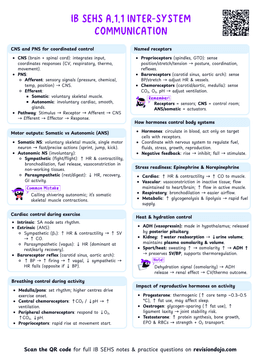Attribution Theory in Sports and Exercise
What is Attribution Theory?
Attribution theory examines how individuals explain their successes and failures. In sports and exercise contexts, it's all about how athletes and participants make sense of their performance outcomes. The theory suggests that people attribute their results to different causes, which can be categorized along three key dimensions:
- Locus of Control (Internal vs. External)
- Stability (Stable vs. Unstable)
- Controllability (Controllable vs. Uncontrollable)
Think of attribution theory as the "why" behind performance outcomes – it's how athletes explain their wins and losses to themselves.
The Three Dimensions Explained
1. Locus of Control
- Internal: Factors within the person (effort, ability, technique)
- External: Environmental factors (weather, opponents, equipment)
A tennis player might attribute their win to:
- Internal: "My serve was really powerful today"
- External: "The wind conditions were perfect"
2. Stability
- Stable: Factors that remain constant over time (natural talent, court dimensions)
- Unstable: Factors that can change (mood, luck, fatigue)
3. Controllability
- Controllable: Factors the athlete can influence (preparation, effort)
- Uncontrollable: Factors beyond the athlete's control (referee decisions, illness)
Attribution Patterns in Sports
Successful Outcomes
Athletes typically attribute success to:
- Internal factors ("I worked hard")
- Stable factors ("I'm naturally talented")
- Controllable factors ("My training paid off")
Unsuccessful Outcomes
Athletes often attribute failure to:
- External factors ("The referee was unfair")
- Unstable factors ("I was just unlucky today")
- Uncontrollable factors ("The weather was terrible")


